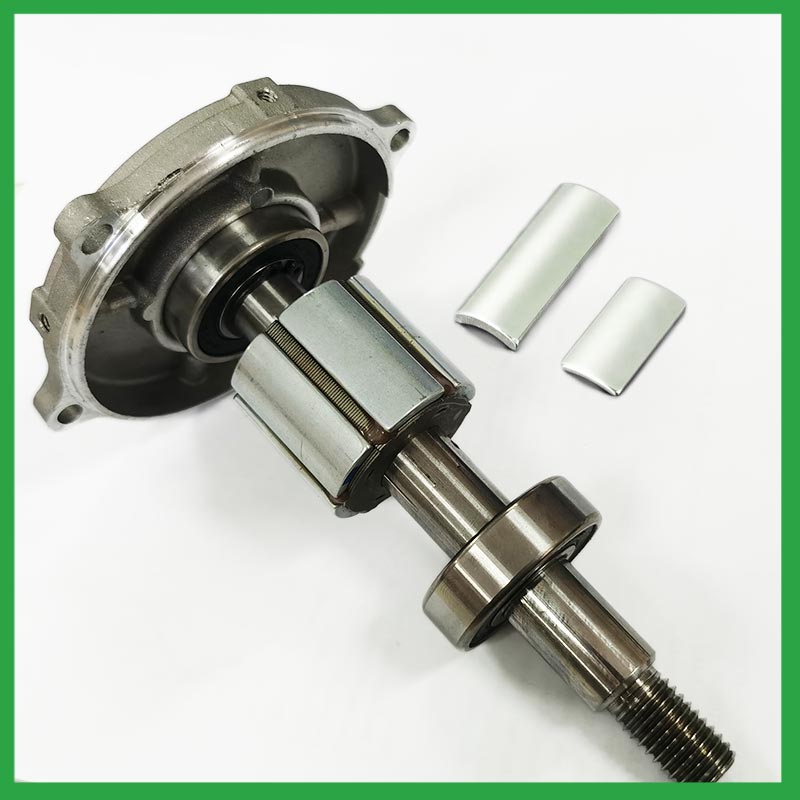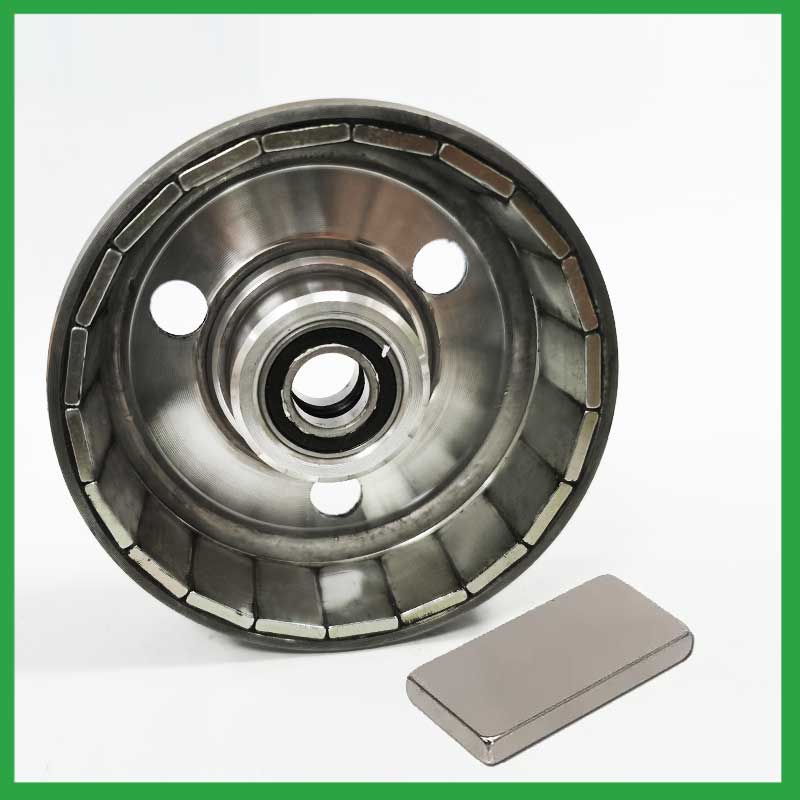Magnet and electromagnet are two terms that are often used interchangeably, but they are actually two distinct concepts with some key differences. In this article, we will delve into the world of magnetism and electromagnetism, understand the basic principles behind them, and explore the differences between these two important concepts.
What is a magnet?
A magnet is a material that produces a magnetic field, which is an invisible force that can attract or repel certain types of materials. The most common magnet is a bar magnet, which has two poles, a north pole and a south pole. The magnetic field of a bar magnet is strongest at the poles and weakens as you move away from them.
What is electromagnetism?
Electromagnetism is the science of electric current and magnetic fields. It is the study of the relationship between electricity and magnetism and how they are interrelated. One of the fundamental laws of electromagnetism is that an electric current creates a magnetic field, and moving charges in a magnetic field experience a force.
How do magnets and electromagnets work?
Magnets and electromagnets both work based on the principle of the magnetic field. The magnetic field is created by the movement of electric charges, whether it is electrons in an atom or electric current in a wire. In a magnet, the magnetic field is created by the alignment of electrons in one direction, which creates a net force in a specific direction. In an electromagnet, a magnetic field is created by the flow of electric current through a coil of wire.
Differences between a magnet and an electromagnet
1. Composition
The first and most significant difference between a magnet and an electromagnet is their composition. A magnet is typically a solid material, like iron, steel, or cobalt that has natural magnetic properties. On the other hand, an electromagnet is made up of a coil of wire, usually wrapped around a soft iron core, that generates a magnetic field when an electric current is passed through it.
2. Strength of the magnetic field
Magnets and electromagnets also differ in the strength of their magnetic fields. Magnets have a fixed strength based on their composition and size, whereas an electromagnet can have its strength adjusted by changing the amount of electric current flowing through the coil. This allows for greater control and versatility in the strength of the magnetic field produced by an electromagnet.
3. Temporary vs. permanent
Another important difference between a magnet and an electromagnet is their permanence. A magnet is a permanent magnet, which means that it retains its magnetism over a long period and does not need an external source of energy to maintain its magnetic field. An electromagnet, on the other hand, is a temporary magnet that only exhibits magnetic properties when an electric current is passing through it.
4. Portable nature
Due to the difference in composition, magnets and electromagnets also differ in their portability. Magnets are usually small and compact, making them easy to carry and use wherever needed. Electromagnets, on the other hand, are often larger and heavier due to the need for a power source and a wire coil. This makes them less portable and more suitable for stationary use.
5. Applications
Magnets and electromagnets have various practical applications, but they differ in the nature of their usage. Magnets are commonly used in everyday items such as refrigerator magnets, speaker systems, and hard disk drives. Electromagnets, on the other hand, have more industrial and scientific applications, such as electric motors, generators, MRI machines, and particle accelerators.
6. Cost
The cost of magnets and electromagnets also varies. Generally, electromagnets are more expensive than regular magnets because of the materials and technology required to create a strong magnetic field. However, with advances in technology, the cost of electromagnets has significantly decreased in recent years.
7. Reversibility
One unique difference between magnets and electromagnets is their reversibility. The magnetic field of a permanent magnet cannot be reversed, whereas the polarity of an electromagnet can be changed by changing the direction of electric current through the coil. This ability to switch the polarity makes electromagnets more versatile and useful in various applications.
8. Magnetic field distribution
In magnets, the magnetic field is distributed evenly around the magnet, creating a symmetrical pattern, whereas, in an electromagnet, the magnetic field is concentrated within the coil, and its strength decreases as you move away from the coil. This concentrated magnetic field enables electromagnets to be used in applications where precision is crucial, such as in medical equipment.
9. Magnetic power
The strength of magnets and electromagnets also differs in terms of their magnetic power. Magnets have a lower magnetic power compared to electromagnets because the latter can produce a much stronger and more concentrated magnetic field. This is why when an electromagnet is used in industrial applications, it needs to be handled with caution to avoid accidents.
10. Flexibility
Finally, magnets and electromagnets differ in terms of their flexibility. A magnet’s magnetic field cannot be changed or adjusted, whereas an electromagnet’s field can be altered based on the strength of the electric current passing through it. This flexibility allows electromagnets to be used in a wide range of applications, making them an essential component in various industries, including engineering, medicine, and technology.
Ningbo Haishu Nide International Co., Ltd is one of the leading bearing manufacturers in China. We are a well-known supplier of high-quality fan,commutator,motor cover and lamination,
carbon brush,insulation paper,
ball bearing,thermal protector. Our products are widely used in fields such as electric automotive motor,washing machine motor,servo motor,fan motor,air condition motor,BLDC motor,water pump motor. We are proud to provide customers with the expected product knowledge, applied professional knowledge, quality control, and consistent reliable service.
We have modern computerized machinery and equipment to produce high-precision bearings. Our company is also equipped with complete chemical and metallurgical laboratories as well as standard room facilities.Nide has offices in India, Brazil, Korea, Turkey, and Argentina, good sales and service net work allow us to access and offer service to customers over the world easily and promptly.


